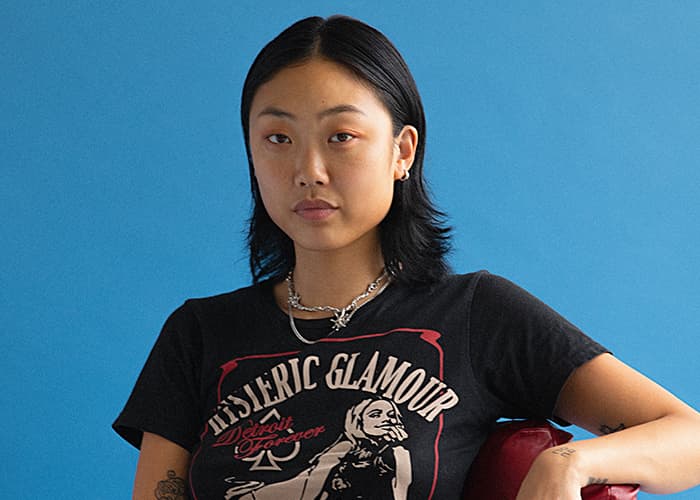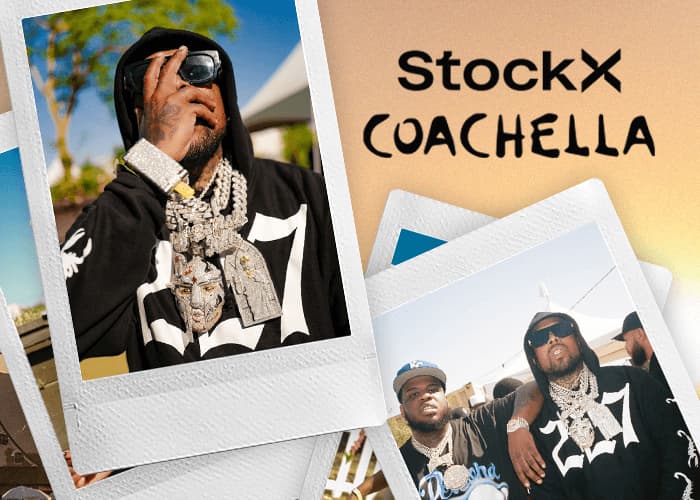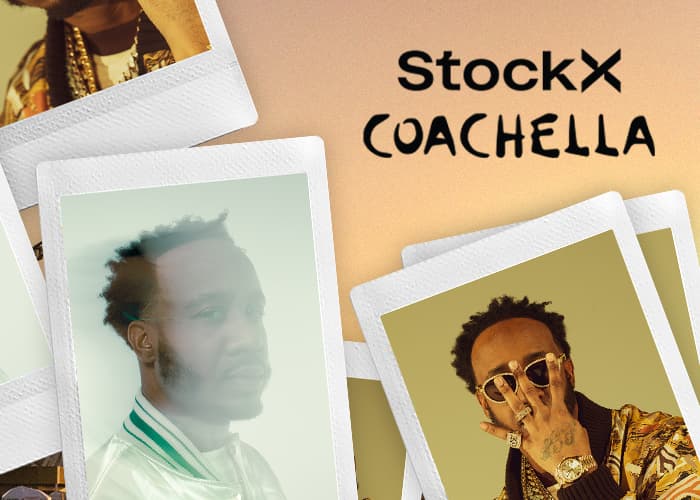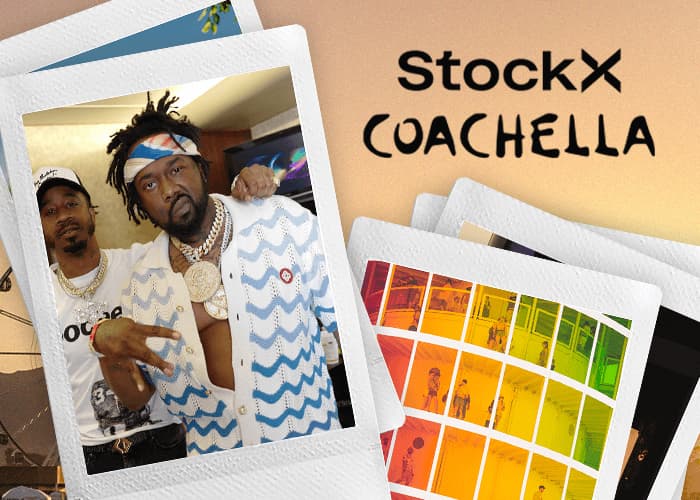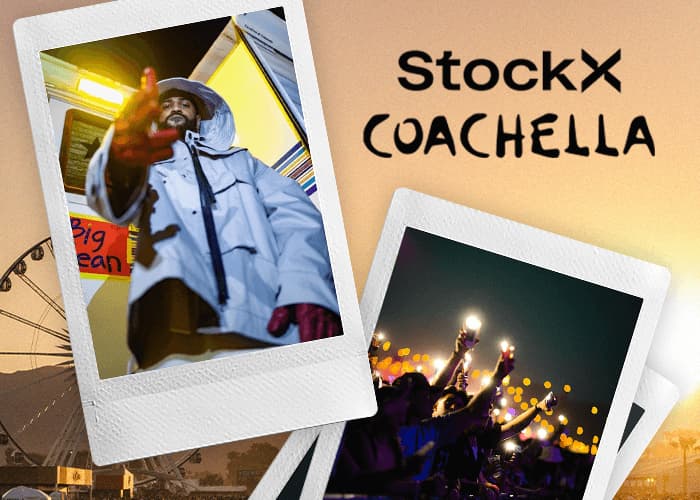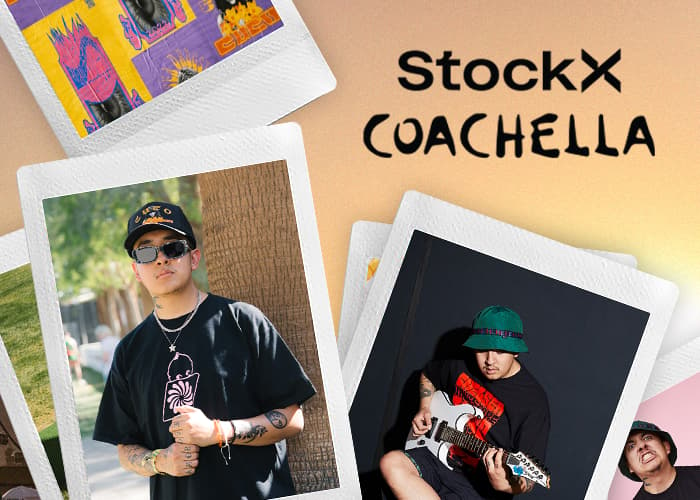Nic Stone joins StockX as one of the contributors to this month’s Visting Voices series.
A native of Atlanta, Georgia, and a graduate of Spelman College, Nic Stone gained international acclaim for her debut novel Dear Martin, the story of a high school student who makes sense of the racially motivated violence around him by writing letters to the late Martin Luther King, Jr. The highly celebrated follow-up to Dear Martin, Dear Justyce, joined the library of Nic Stone publications late last year. In the summer and fall of 2020 she used her social media platforms to have candid conversations about race in storytelling and education, inviting guests from those industries and inspiring growth, education, and understanding. Most recently, Stone released the second of her Shuri novels for Marvel and Scholastic, Shuri: The Vanished, and announced that a third installment is on the way.
Stay tuned for a conversation between Nic Stone and Nana Kwame Adjei-Brenyah presented by StockX later this month.
~~~
StockX: What is the burden of being a Black story maker in this era?
Nic Stone: The burden is certainly multi-layered, but I’d say the brunt of it lies in feeling responsible for both representing *the race* well and making my people feel seen and understood (but never embarrassed), and educating people who are not Black on what being Black is like. After the brutal and unnecessary death of George Floyd, just about every Black-authored book that addressed racism in a direct way—nonfiction and fiction—experienced a massive uptick in sales. Including mine: Dear Martin was #1 on the New York Times YA paperback bestseller list for the month of July. And like… cool, right? I don’t know of any writers who don’t dream of that elusive NYT Bestseller title in general, let alone a #1. But it also kind of sucks—I’ve published six other books about a variety of topics, but the ones that sell the best are the ones that center on how hard it is to be a Black person.
There’s this pressure—based on what people buy—to continue telling the same story. Spinning the same web. That’s starting to shift: a tiny handful of Black-authored books about Black children that aren’t centered on racism have managed to “list,” as we say. But monetizing our pain and trauma through “authentic portrayal” for the sake of “educating” the masses… yeah. Not great.
Can stories move a society towards equity?
I certainly hope so. Otherwise, everything I’m doing is for naught. Narrative provides an excellent vehicle for empathy. Empathy helps us see the ways we are all connected and can identify with one another. Seeing the ways we can identify with one another makes it harder to dehumanize each other. And that is what equity is all about: humanization.
A good friend of mine is the Director of Education Equity and Diversity for a school district in Missouri, and we recently had the privilege of recording a session for a major educational conference (virtual thanks to #MissRonaAkaHOvid. Yeah I said it. Hmph.). It was all about the interrelationship between empathy and equity. And it started with a breakdown of what equity actually is. As a student of the life and legacy of the Reverend Dr. Martin Luther King, Jr, coming to recognize that we’ve had to deepen and broaden Dr. King’s dream of equality was a turning point for me. Because yes: Dr. King did want everyone to be treated equally. To be able to drink from the same water fountains and not be mistreated on the bus.
But equity takes things a step further. And I think people miss that. Equality is about everyone having the same thing. Equity is about everyone having what they need. Which will involve people who have more than what they need being willing to not only let people who have less receive more but eventually even give up some of their excess without complaining. This is why the empathy piece is so vital. Why it’s so important to see one another’s humanity. When you can identify with someone and connect with them emotionally, it’s difficult not to want them to have what they need.
What is the meaning (not definition) of “colorblind” to you?
Willfully ignorant. And I mean that in the fullest etymological sense of the word: deliberately ignoring for the sake of not having to address. The interesting thing though is that I distinctly remember being *taught* the concept of colorblindness in high school, and buying into it hook, line, and sinker. It wasn’t until I started my own journey into the bowels of historical racism that I realized the notion of colorblindness was actually quite detrimental to the pursuit of equity. To *not see color* is to abstain from taking stock of potential inequities. And truthfully, the only people with the space to be colorblind—with the ability to ignore differences in skin color—and those in the position of most power: those whose skin doesn’t really have any color at all.
And perhaps my circle is top narrow or I’m being overly optimistic—perhaps to the point of delusion—but I do think the notion of colorblindness has begun to fade away, especially as a thing that’s considered acceptable. Which just makes me double down on the idea that now, in 2021, “colorblindness” involves willfully ignoring the way skin color impacts the way people are treated because you don’t want to talk about it.
Where do you go to find inspiration?
This is easy: everywhere. And that’s for in and non-pandemicalness. The beauty of story is that it’s innate once you realize we’re all living one. So everywhere I turn, there’s a story waiting. I can hear a story from someone’s life, and build a bigger story around it (as with most of my books). I can hear a word or learn of a topic, and create a story around that. I can be having a conversation with someone, and get an idea. I’ve even had things simmer in my head for years until some final piece of the puzzle slides into place. This is my favorite thing about art and story: as long as the world continues to spin, there will never cease to be sources of inspiration.
~~~
Look out for more from the Visiting Voices program and Nic Stone.




